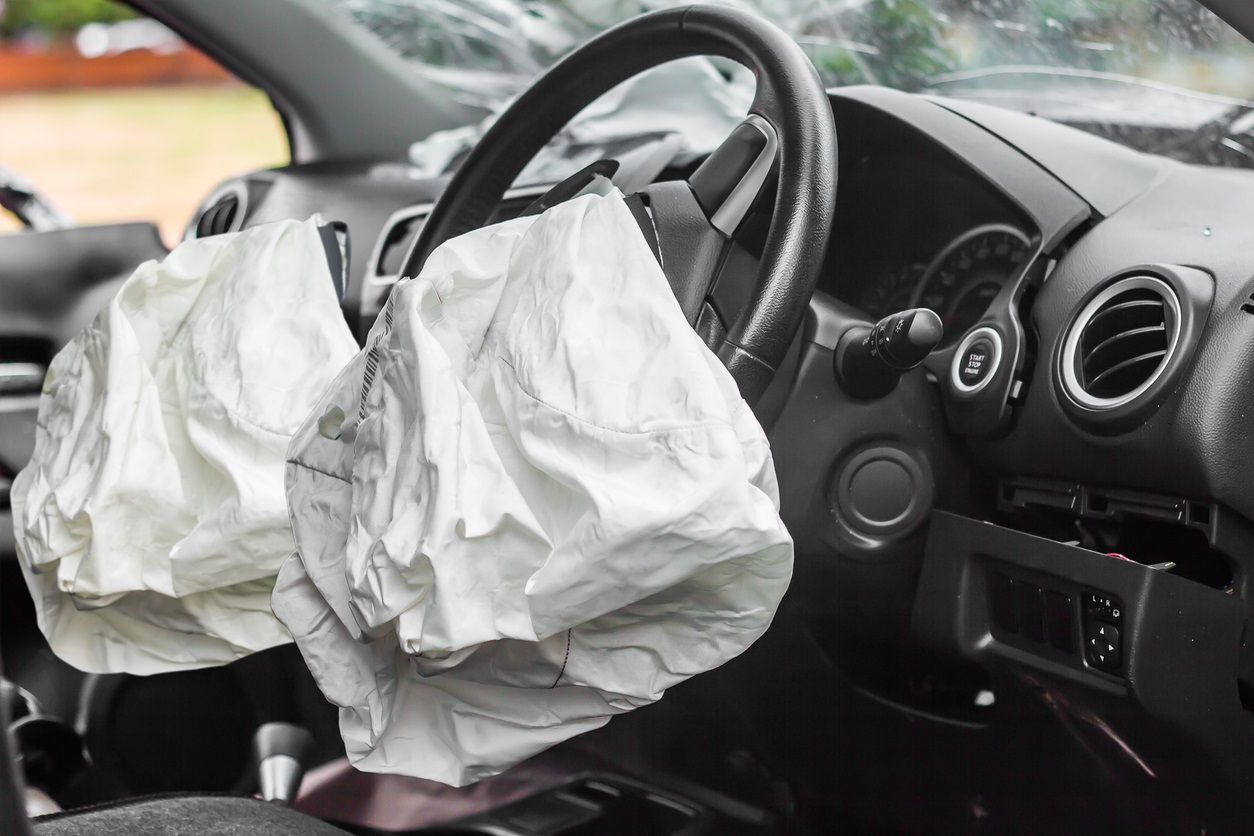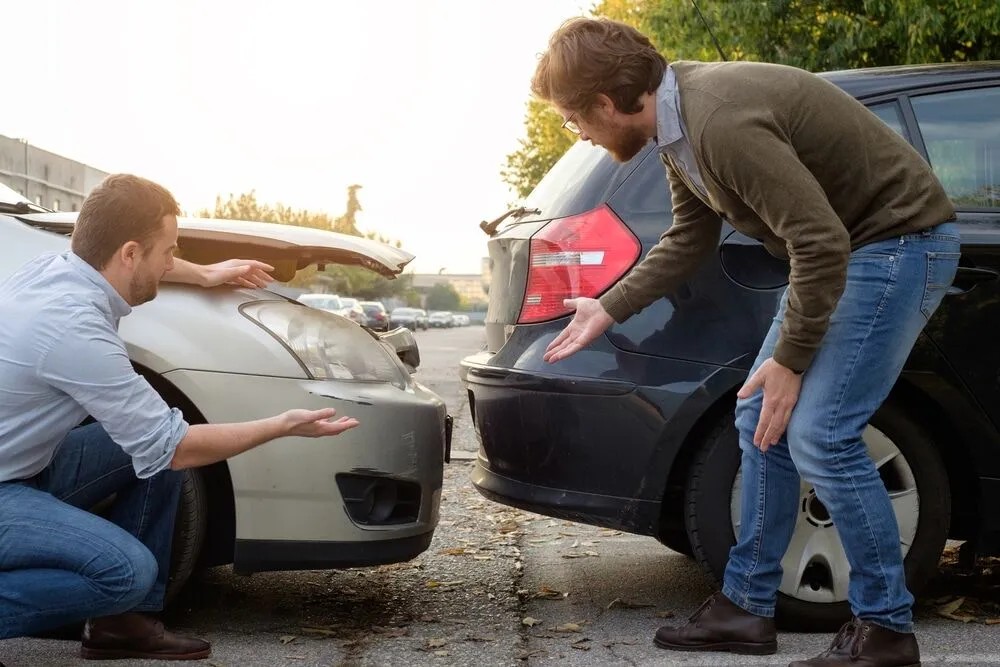Modern cars are safer than ever thanks to engineering, extensive testing, and cutting-edge technologies. But not all car features are created equal.
Some systems, like those found in Tesla cars and Cadillac’s Super Cruise system, take semi-autonomous driving to another level. These systems use cameras or radar to watch for vehicles in your lane ahead and will alert you with both visual and audible warning signals if an impending crash is imminent.
Lane Keeping Assist
Although fully autonomous cars remain decades away, lane-keeping assist systems help drivers remain on course. This feature monitors lane markers and, should a car cross them unexpectedly, sends warnings via lights or sounds; additionally it may nudge or adjust brakes as necessary in order to return it toward its center of lane position.
This system can help prevent accidents by alerting drivers of unintended lane departures and gently nudging vehicles back toward their original path of travel. Furthermore, it can be turned off at any time.
Forward-Collision Warning
Forward Collision Warning (FCW) alerts drivers of oncoming vehicles and objects moving ahead of their vehicles, helping maintain safe following distance and potentially reduce rear-end crashes. FCWs play an essential role in keeping drivers safer by alerting them of vehicles moving ahead and may help maintain an acceptable following distance with those in front of you – all important features when it comes to keeping yourself and those around you safe on the roads.
Most forward-collision warning systems rely on cameras or radar to scan for slow traffic and stopped cars, providing both visual and audible alerts (such as vibration or quick brake pulse) to let you know it is time to apply the brake pedal.
Automatic Emergency Braking
Accidents often result from drivers failing to respond swiftly enough to audio or visual warnings, which is why automatic emergency braking (AEB) exists: it activates brakes if necessary in order to help avoid collisions and collisions between drivers.
These systems use radar, cameras or lidar to identify possible crash conditions. Once detected, software continually calculates the probability of collision using sensor data.
AEB systems can warn drivers via sound, vibration or both methods; and can even automatically activate brakes to bring vehicles to a stop and avoid collisions.
Adaptive Cruise Control
An experienced car accident lawyer highlights that adaptive cruise control (ACC) allows drivers to set their desired cruising speed, then let their car automatically slow or speed up with traffic. Some systems even work in tandem with GPS mapping software to anticipate curves and adjust accordingly.
Some adaptive cruise control (ACC) systems also enable drivers to merge into traffic, though CR advises this only be used on limited-access highways. Other ACC systems use binocular computer vision technology with front-facing video cameras installed in the rearview mirror and digital processing to sense nearby vehicles.
Backup Camera
Back-up cameras (also referred to as rear view cameras) offer a clear picture of what lies behind your vehicle on a display screen when in reverse gear. Some systems even show guides such as parallel pathway lines to help drivers estimate distance requirements safely for backing up.
Backup cameras can help reduce blind spots caused by pillars or passengers and minimize accidents; however, they should never replace drivers’ routine of regularly inspecting mirrors and blind spots when reversing.
Blind Spot Monitor
Blind-spot monitoring systems may not replace physically checking your mirrors, but they can still help protect against collisions when changing lanes. Their sensors (which differ depending on your car manufacturer) scan for vehicles or people not visible in either side or rearview mirrors and send warnings through visual and audible alerts to keep an eye out.
Many systems also include rear cross-traffic alert, which works at lower speeds to assist when backing out of parking spots in crowded garages.
Lane Departure Warning
Lane departure warning uses cameras or sensors to track lane markings and alert you if your car unintentionally strays from its current lane, even without activating its turn signal. Some systems also provide steering assist which gently steers back your car back onto its travel lane.
Lane departure warning can help drivers prevent head-on and sideswipe crashes caused by driver distraction or fatigue, with research from the Insurance Institute for Highway Safety showing it can reduce their rate by 11 percent.
Backover Protection
An alarming number of people are injured or killed every year by vehicles that back up into them, most often in parking lots, driveways and work sites.
An effective solution to these hazardous situations is a backup camera that can alert drivers of any obstacles behind their car. Such systems typically include wide-angle cameras with monitors installed inside of vehicles.
These safety features can reduce accidents and keep people safer; however, they aren’t foolproof and cannot replace situational awareness.




